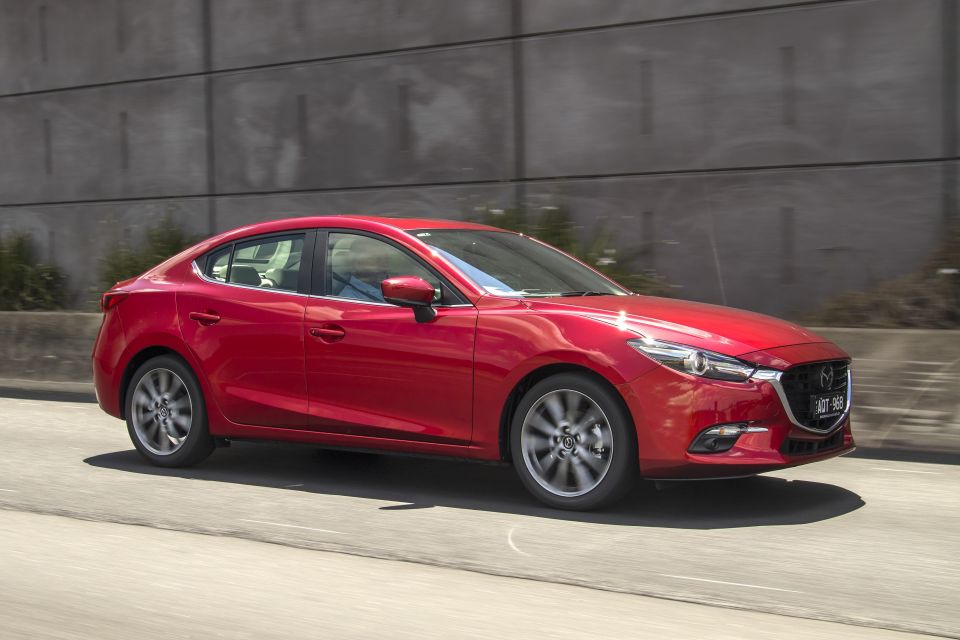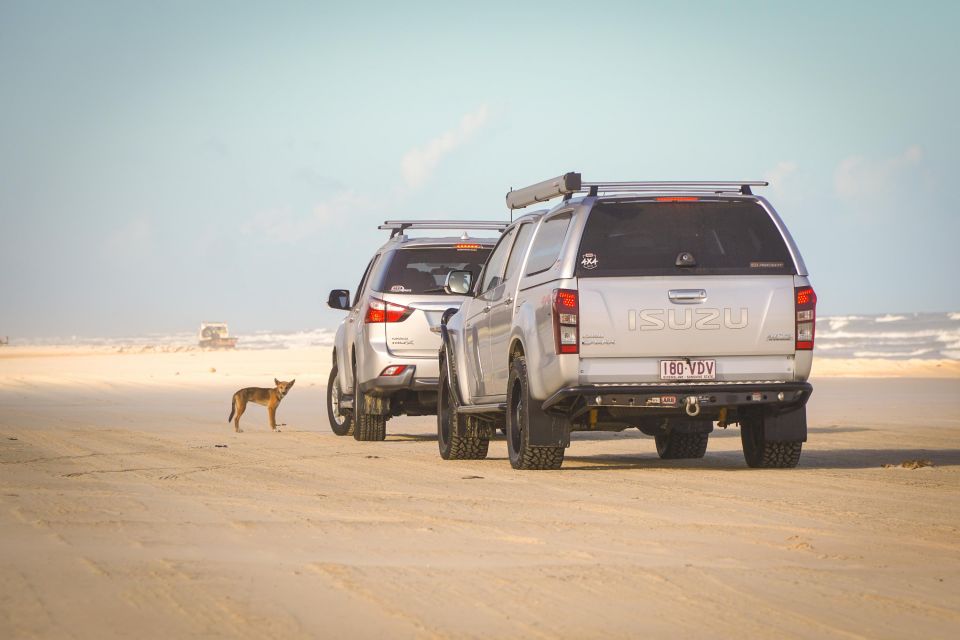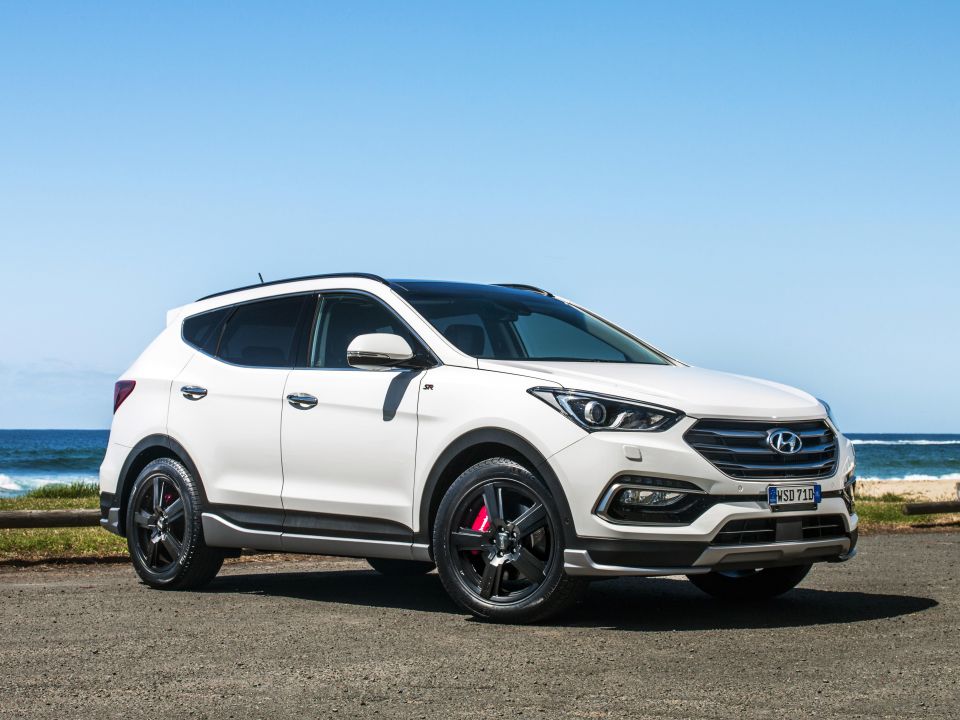

Josh Nevett
2025 Bentley Bentayga review
5 Days Ago
Australia's used car market is subject to record high prices because there's limited stock of new vehicles, says Moody's Analytics.

Senior Contributor


Senior Contributor
The average wholesale price of used cars in Australia hit a new high in the fourth quarter (Q4) of 2021 on the back of growing demand, compounded by ongoing shortages of new cars.
This is the finding from the latest Moody’s Analytics report, which added that the late 2021 spike bucked the fall evident across quarter-three, suggesting that was just a blip amidst a “perfect storm” of upward cost pressures.
Anyone who has scanned the classifieds lately is unlikely to be shocked.

The Moody’s Price Index of used-car wholesale prices compiled with Datium Insights climbed to a record-high points rating in December 2021, up 18 per cent from December 2020 and 56 per cent from early 2020.
In simpler terms, average prices jumped 29 per cent in 2021, according to the Moody’s report.
The stated factors driving the spike are the ongoing semiconductor-driven shortages of new vehicles driving demand for near-new used substitutes, plus the reduction in COVID lockdowns driving an increase in demand for cars of either variety.
MORE: Staggering impact of semiconductor shortage on car industry revealed MORE: Toyota RAV4 shortages and wait lists remain in 2022

We’d also add that new car prices are at record highs, meaning a large audience may not be able to afford a $30,000 Toyota Yaris or $47,000 Honda Civic, and may therefore only increase demand for used vehicles. We all know how supply versus demand curves affect prices.
Looking ahead, Moody’s expects used prices to remain high, though in real terms they should come back to earth slightly.
They are forecast to rise 3.6 per cent in 2022, but by 2023 look set to trend downwards once again – though things can change fast, as the ‘unofficial lockdown’ resulting from Omicron shows.

“Our baseline assumes that high used-vehicle prices will be supported by steady demand and a lack of new and used inventory,” the latest quarterly Moody’s report found. “With no way to increase the supply of used vehicles, prices will stay high in the near term.
“The chronic global semiconductor chip shortage should ease in the third quarter of 2022. As new-car production ramps up, prices of used vehicles should cool. In fact, used-vehicle prices are expected to decline for the first time in almost a decade in 2023.”
The majority of major automotive OEMs are indeed saying that production and subsequent market allocations should return to normality from the second half of the year.
MORE: Used car demand at a high, wild prices likely to remain MORE: Australian used-car prices likely to stay high until mid-2022 MORE: Used car price rises could finally be slowing down in Australia MORE: Australian used car price increases are ‘unsustainable’ MORE: Used car prices increase again, ute prices down


Josh Nevett
5 Days Ago


Andrew Maclean
4 Days Ago


Shane O'Donoghue
4 Days Ago


Anthony Crawford
3 Days Ago


Matt Campbell
2 Days Ago


James Wong
24 Hours Ago